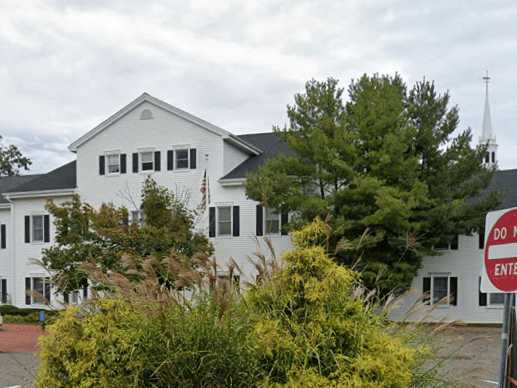The Connecticut Energy Assistance Program (CEAP) is now open at community action agency sites around the state. The agency that serves your town can be located on the following chart below. Contact numbers for each agency will immediately follow.
The Connecticut Energy Assistance Program helps households pay for primary heating bills. If the household’s primary heating costs are included in your rent, you may also apply for assistance.
Benefits are available to households with incomes up to sixty percent of the state median income
Connecticut Energy Assistance Program
The Connecticut Energy Assistance Program (CEAP) benefits thousands of homeowners and renters throughout the state. Please check out the services explained on this website, as well as income and asset guidelines to see if you are eligible for CEAP.
A. Basic benefits for homeowners and renters who pay separately for heat:
A vulnerable household may receive more basic benefits than a non-vulnerable household. A vulnerable household may be eligible for up to $725 in basic winter heating benefits this winter, compared to $670 for a non-vulnerable household. Minimum basic benefit level is $340 for CEAP households.
· Up to $725 in winter heating assistance for ‘vulnerable’ households (Households which have one or more members who are elderly (age 60 or older), or who have a disability, or are under the age of 6.)
· Up to $670 in winter heating assistance for non-vulnerable households (Households with no member who is elderly (age 60 or older), or has a disability, or is under the age of 6.)
A range of basic benefit levels are built into Connecticut's winter heating assistance program. Once a household applies and is determined eligible for the program, the level of benefits is determined.
The exact level of basic benefits is determined by your household's income, the number of members, and whether there is a ‘vulnerable’ household member. Households with lower income levels are eligible for higher benefits.
B. Benefits for renters whose heat is included in the rent:
From $150 to $190 in winter heating assistance
This level applies to households which do not make direct vendor payments for winter heating; In other words, renters whose heat is included in their rent, and who pay more than 30% of their gross income toward rent.
Crisis Assistance Program
Safety Net Services
The Low Income Home Energy Assistance program is called LIHEAP. They assist low income people and families with their heating and cooling bills. This program is therefore, a year long program that is available 12 months a year.
To qualify for the LIHEAP assistance, you need to qualify. We provide the current Federal Poverty Rates nationwide below.
You are automatically qualified for LIHEAP assistance if you participate in the SNAP food stamps program, TANF Temporary Assistance for Needy Families, or the SSI program through Social Security.

| Persons In Family | Earnings (100% Fed Poverty Guideline) |
| 1 | $15,060 |
| 2 | $20,440 |
| 3 | $25,820 |
| 4 | $31,200 |
| 5 | $36,580 |
| 6 | $41,960 |
| 7 | $47,340 |
| 8 | $52,720 |
*Alaska and Hawaii have different rates for HUD federal poverty guidelines.
These numbers above represent 100% of the Federal Poverty Rate. In order to get legal aid from some offices, they use a sliding fee scale. When they use a sliding fee scale, the 100% rate can be different than 100%. In those cases, using for example a 200% federal poverty level, you will only need double the 100% number listed above to 200%.
Have you used the CAAWC - Norwalk Office service before? If so, please help our website users by answer these questions below.
copyright © 2025. All rights reserved.